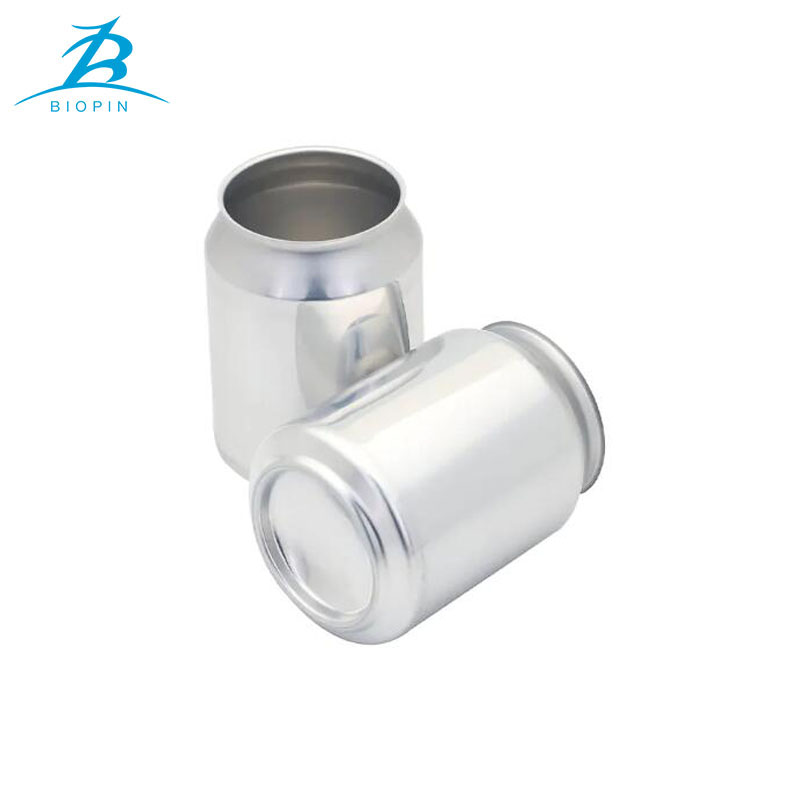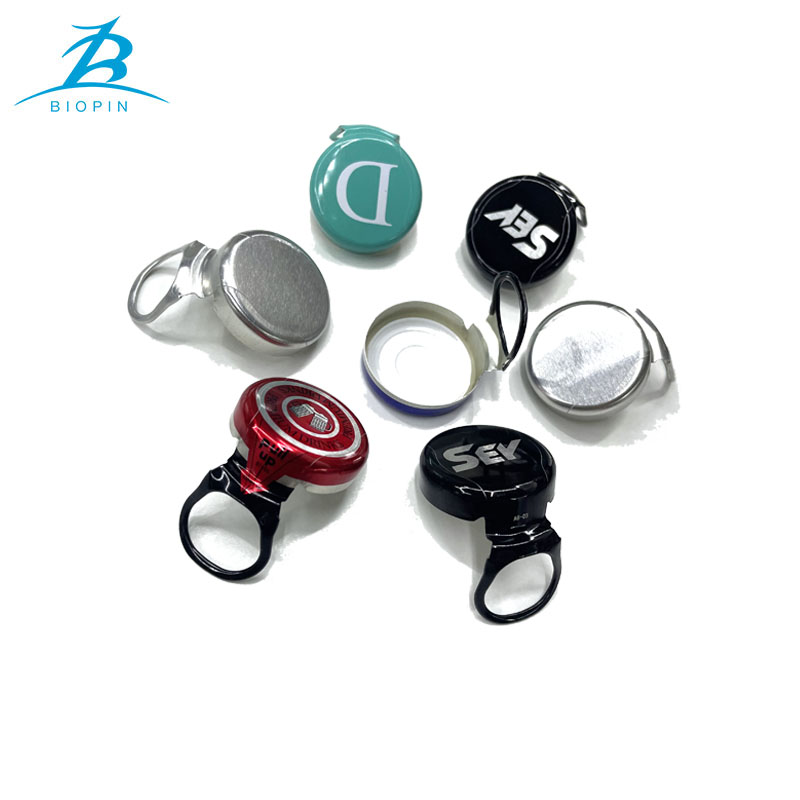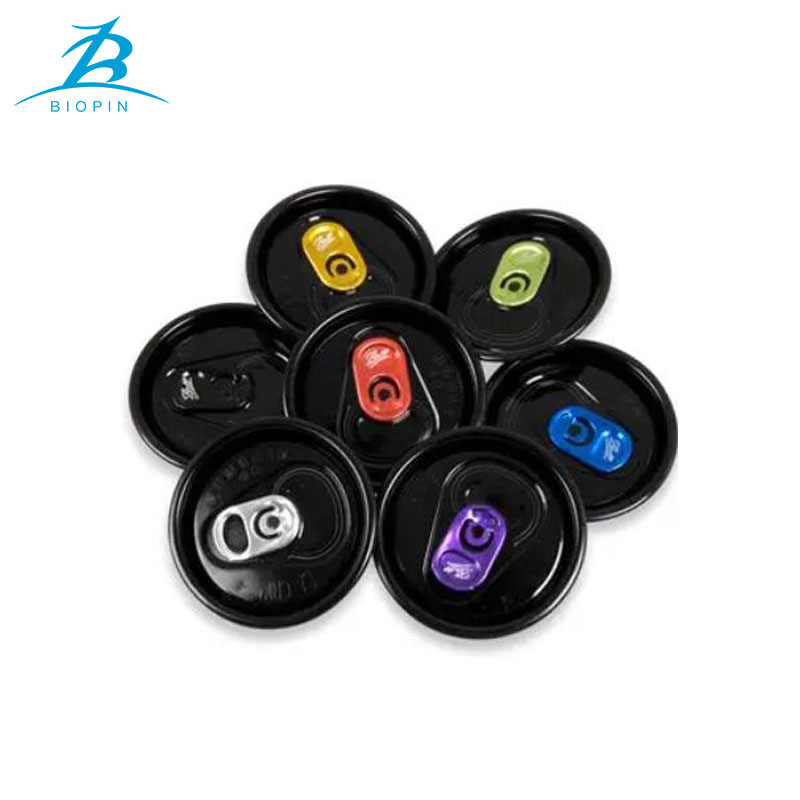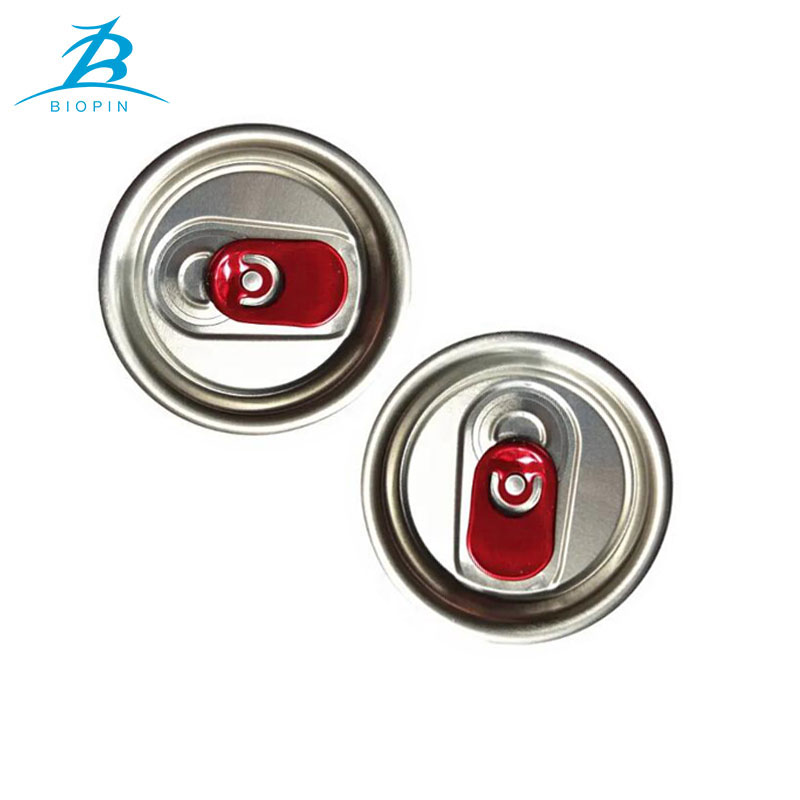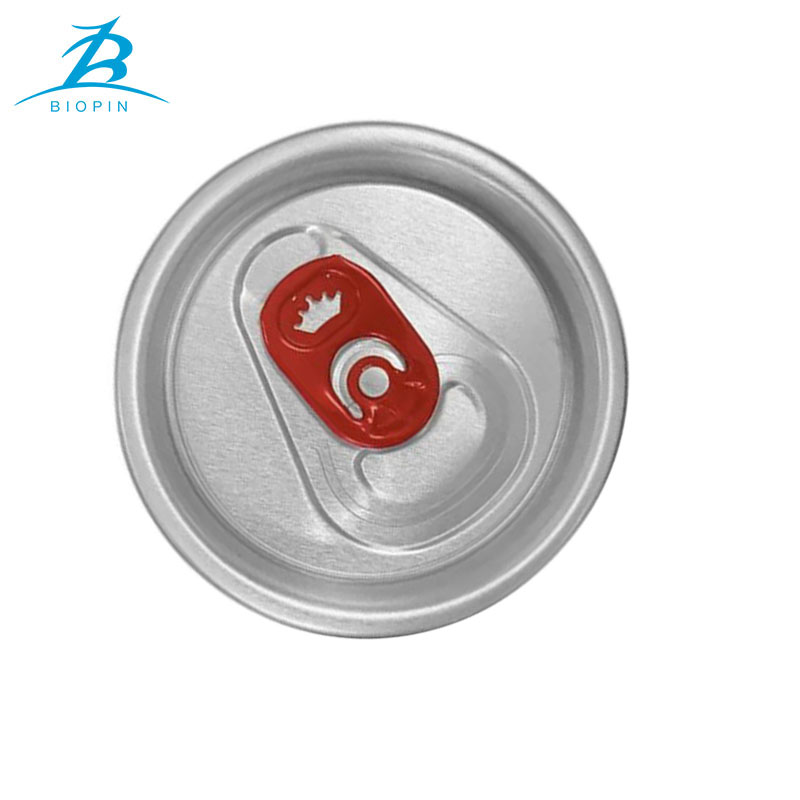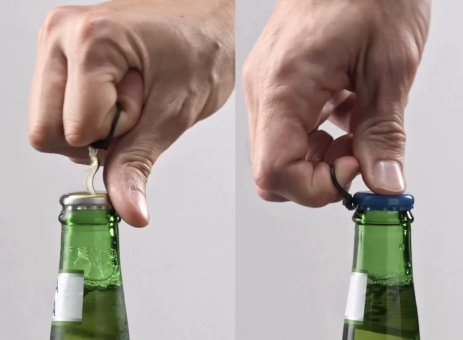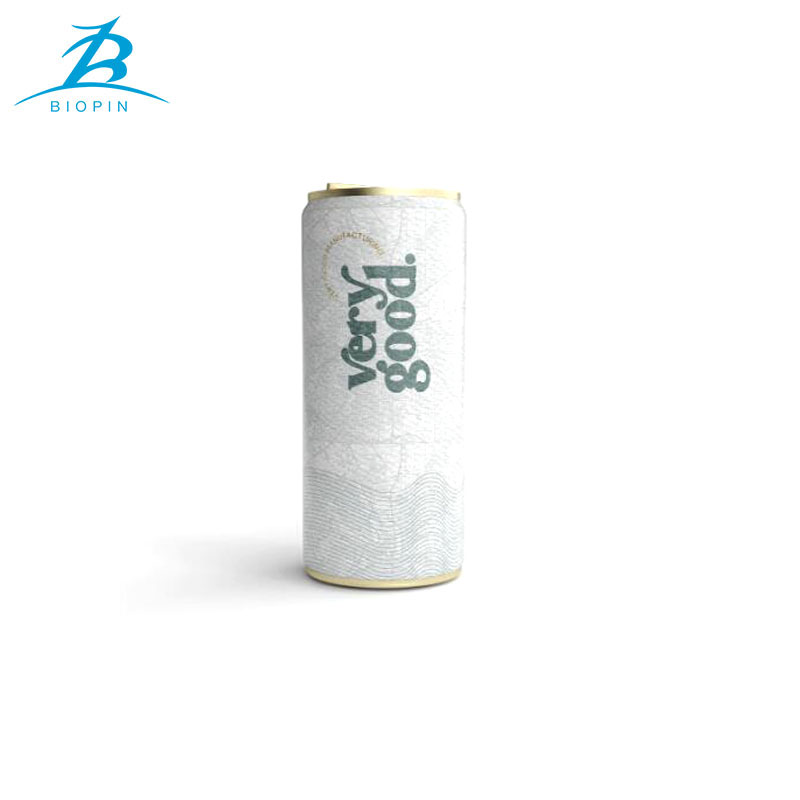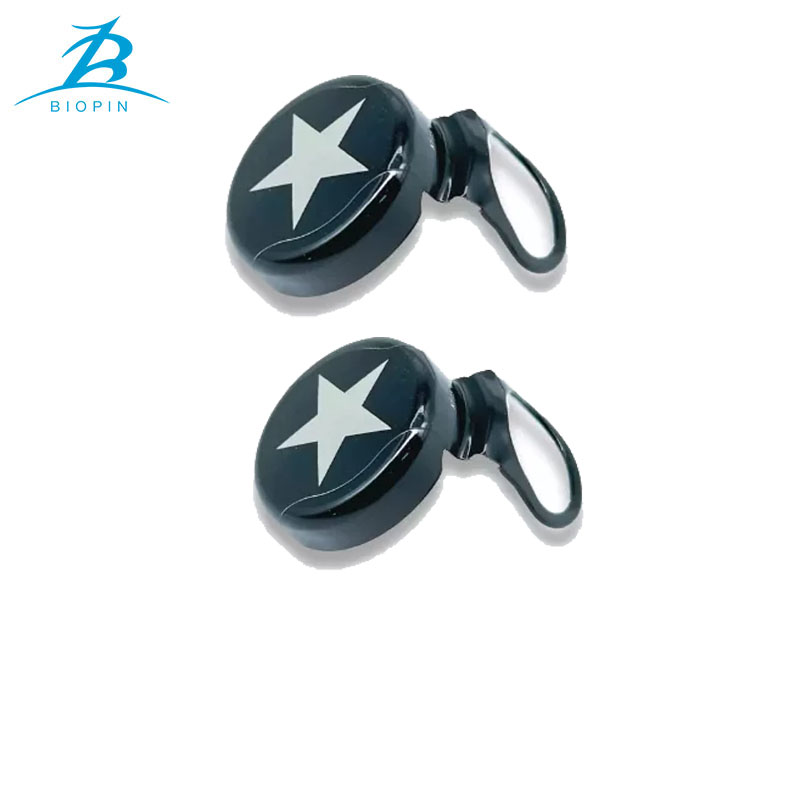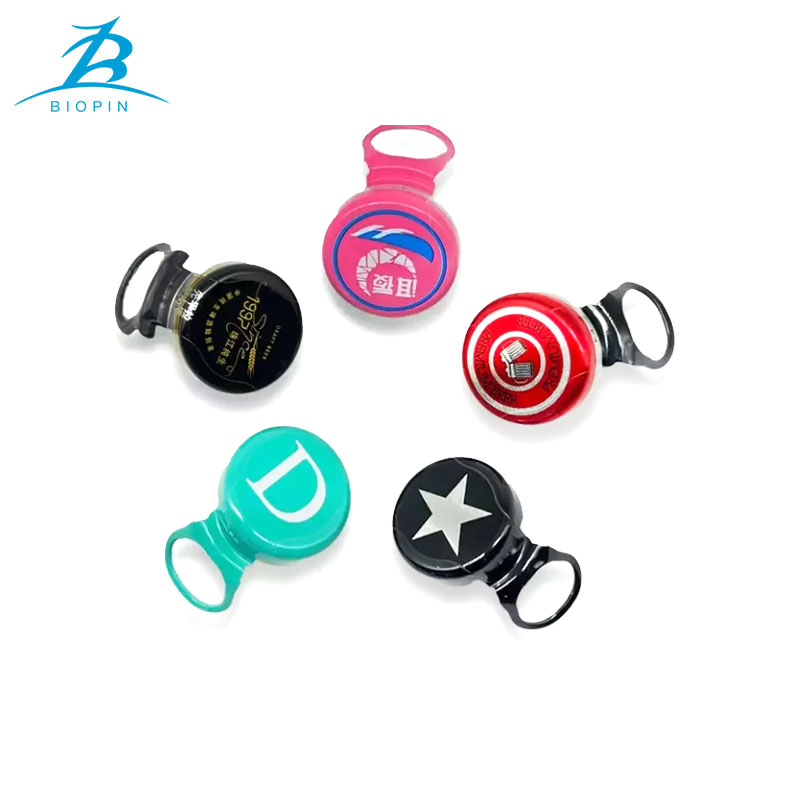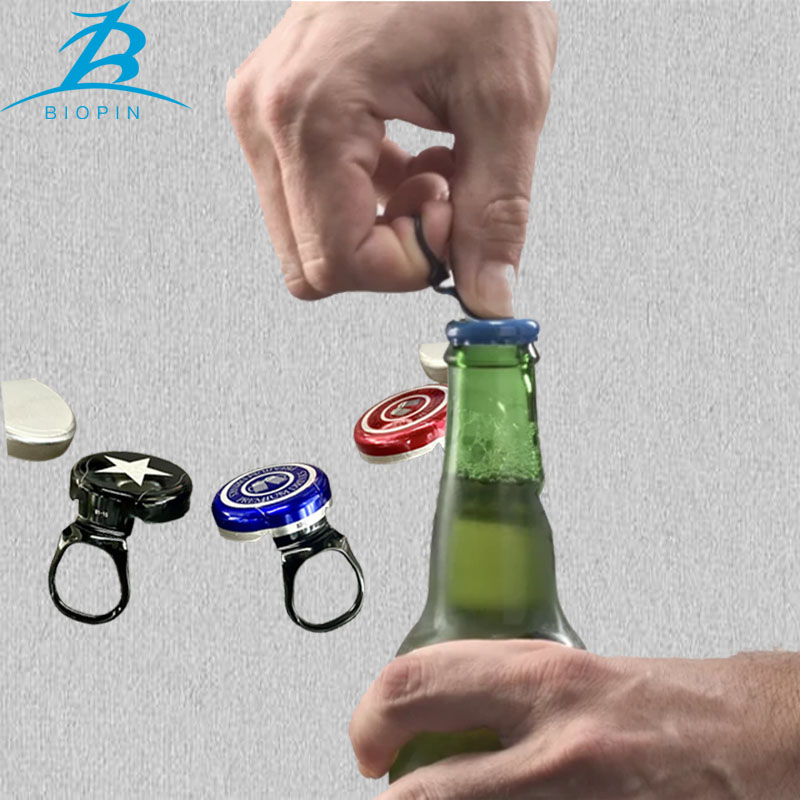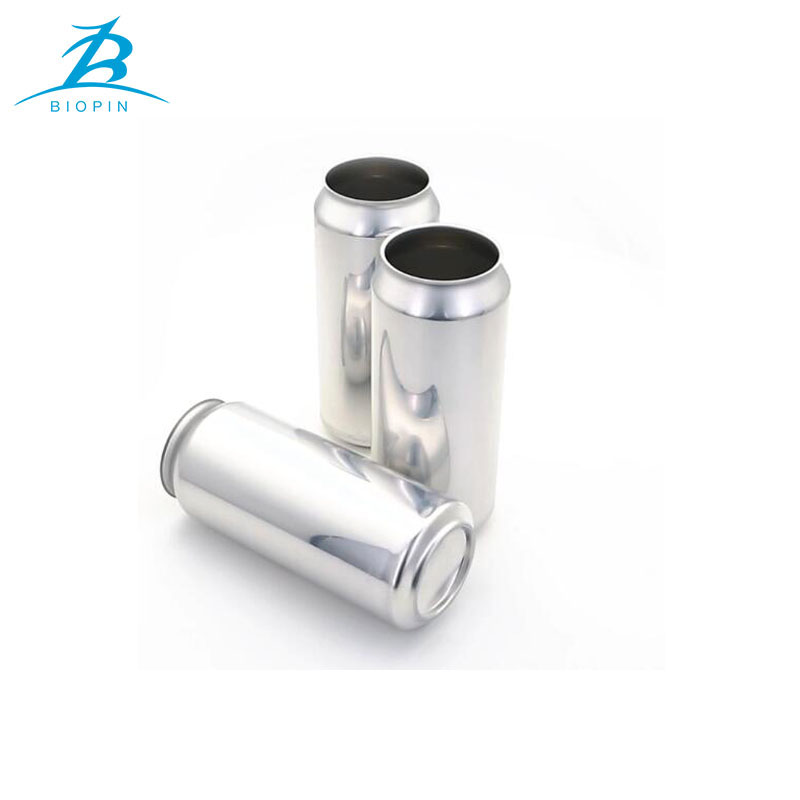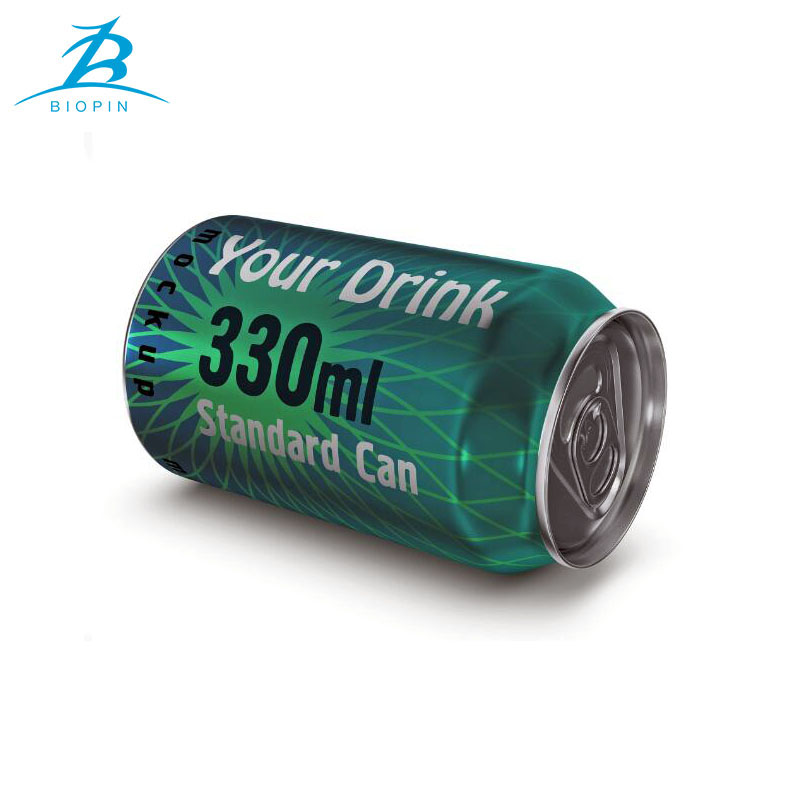Aluminum Beverage Cans: A Sustainable Alternative to Plastic Bottles
Jan 10, 2025
In recent years, the negative environmental impact of plastic bottles has sparked a global movement towards more sustainable packaging solutions. One promising alternative is the use of aluminum beverage cans. In this article, we will explore the advantages of aluminum cans and how they can be a viable replacement for plastic bottles. We will also shed light on Anhui Biopin Group, a company that stands at the forefront of providing sustainable packaging options.
The Rise of Aluminum Beverage Cans:
Aluminum cans have gained significant popularity as a packaging choice for beverages. Their lightweight nature, durability, and high recycling rates make them an attractive option. The aluminum industry has also made impressive progress in reducing the carbon footprint associated with producing and recycling cans. As a result, aluminum cans have become an environmentally friendly choice for both consumers and businesses.
Environmental Benefits of Aluminum Cans:
Compared to plastic bottles, aluminum cans offer several key environmental advantages. Firstly, aluminum is infinitely recyclable, meaning it can be recycled repeatedly without losing its quality. In contrast, plastic bottles degrade in quality during recycling. Secondly, the recycling process for aluminum requires significantly less energy compared to the production of new cans. Additionally, aluminum cans are lightweight, reducing transportation costs and carbon emissions.
Consumer Appeal and Convenience:
Aluminum cans provide numerous benefits to consumers. They are unbreakable, reducing the risk of accidents and allowing for safer transport. The ability to reseal cans also ensures the freshness of beverages and extends their shelf life. Moreover, aluminum cans cool faster than plastic bottles, providing a refreshing drinking experience. With the rise of on-the-go lifestyles, the convenience and portability of aluminum cans have become increasingly appealing to consumers.
Anhui Biopin Group's Commitment to Sustainability:
Anhui Biopin Group is a leading packaging company renowned for its commitment to sustainability. The company specializes in manufacturing high-quality aluminum beverage cans, prioritizing eco-friendly production processes and materials. By leveraging advanced technologies, Anhui Biopin Group ensures that their cans meet rigorous quality standards while minimizing environmental impact.
The Service Advantage of Anhui Biopin Group:
Apart from their exceptional product quality, Anhui Biopin Group also offers outstanding service to its customers. Their dedicated team provides expert guidance and support throughout the packaging process, from design to delivery. The company's customer-centric approach ensures a seamless experience, allowing businesses to make a smooth transition to aluminum cans as a sustainable packaging solution.
In conclusion, aluminum beverage cans offer a promising alternative to plastic bottles, addressing the growing concerns regarding plastic waste and environmental impact. With their eco-friendly attributes, consumer appeal, and Anhui Biopin Group's commitment to sustainability, aluminum cans have emerged as a viable and sustainable packaging option for beverages. As more businesses and consumers embrace this change, we move closer to a greener future with reduced plastic waste and a planet.
